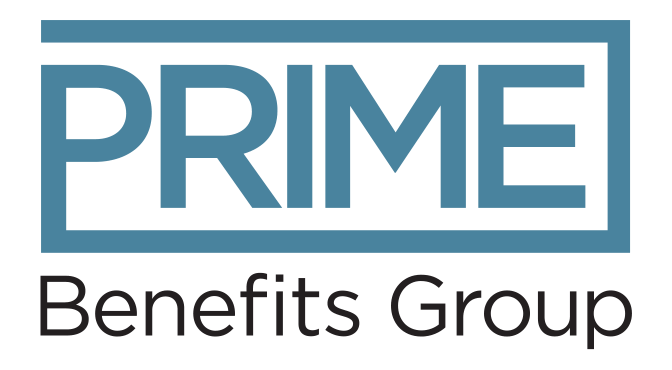- Have a question?
- 613-89-Prime (77463)
- 1-866-950-3667
- info@primebenefitsgroup.com
Are Personalized Employee Benefits the New ‘Raise’?


Personalized benefits matter. When employees feel seen and supported, they’re more engaged, productive, and loyal, no matter what stage of life they’re in.

Dave Dickinson
Senior Partner & Co-Founder, PRIME Benefits Group
I’ve been in the benefits business long enough to see trends come and go. But one thing becoming increasingly clear in the workplace is that personalized employee benefits are an expectation, not a perk.
I’m hearing that employers are finding it challenging to retain great people and team members are no longer motivated by compensation alone. They’re looking for support that fits their lives, families and futures.
A recent survey found that 75 per cent of Canadian workers would stay longer with an employer if their benefits were customized to their personal needs. That’s a pretty big opportunity for companies looking to slow down the revolving door and build long-term loyalty.
One Size Fits None
With four generations in the workforce, traditional benefits plans won’t keep pace with the way people live and work today. A one-size-fits-all model might have worked when most teams were sitting in the same office, at the same life stage, with similar goals.
But today’s workforce is mobile and diverse. That young marketing hire might want coverage for therapy. The seasoned sales lead might prioritize paramedical care and a stronger retirement match. Your warehouse supervisor may need access to virtual primary care or support for dependents.
If you’re offering all three the same static plan, someone’s likely missing out. And when employees feel like their needs aren’t being met, they look elsewhere.
Personalized Employee Benefits Don’t Have to Be Complicated
Some employers worry that adding flexibility will create administrative headaches. The reality is that modern benefits technology can help make personalization easier than ever.
Many insurers now offer digital wallets or health-care spending accounts (HCSAs) that give employees more control over how they use their benefits. Others use tiered packages that let team members choose what matters most to them.
You can also personalize employee benefits by communicating clearly. Many businesses have solid plans, but employees don’t always know how to use them. Personalizing communications for different employee groups based on their age, role or even family status, could lead to an increase in engagement.
Spend Smart, Not More
The most effective personalization strategies often involve reallocating existing budgets, not necessarily increasing them. If you can understand how your team actually uses (or doesn’t use) their benefits, you can put dollars toward options with higher perceived value.
For example, giving a $1,500 annual flex credit might feel more meaningful to an employee rather than offering a small raise that disappears after taxes.
More importantly, benefits feel personal. They reflect whether or not an employer “gets it.” That perception goes a long way in retaining talent.
The Retention Equation Has Changed
For years, raises were seen as the default retention lever. But at a time when the cost of living is high and skilled employees are harder to replace, benefits are playing a bigger role in the decision to stay or go.
When your team sees you’ve taken the time to personalize their experience by offering choice, that sends a message money can’t always buy.
At Prime Benefits Group, we work with employers every day to bring more value to their teams. Connect with us today to see what personalization could look like in your workplace.